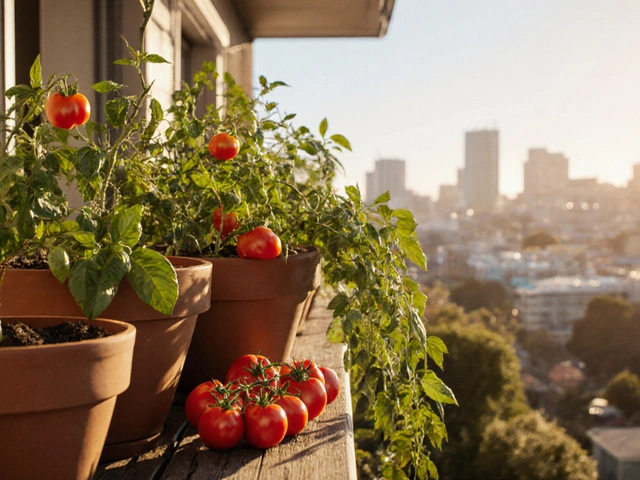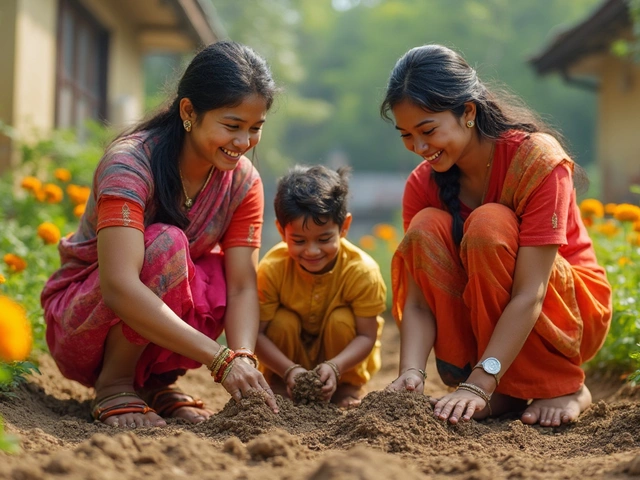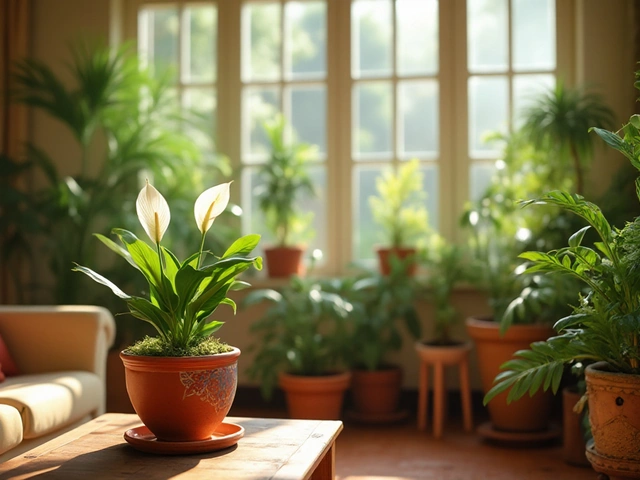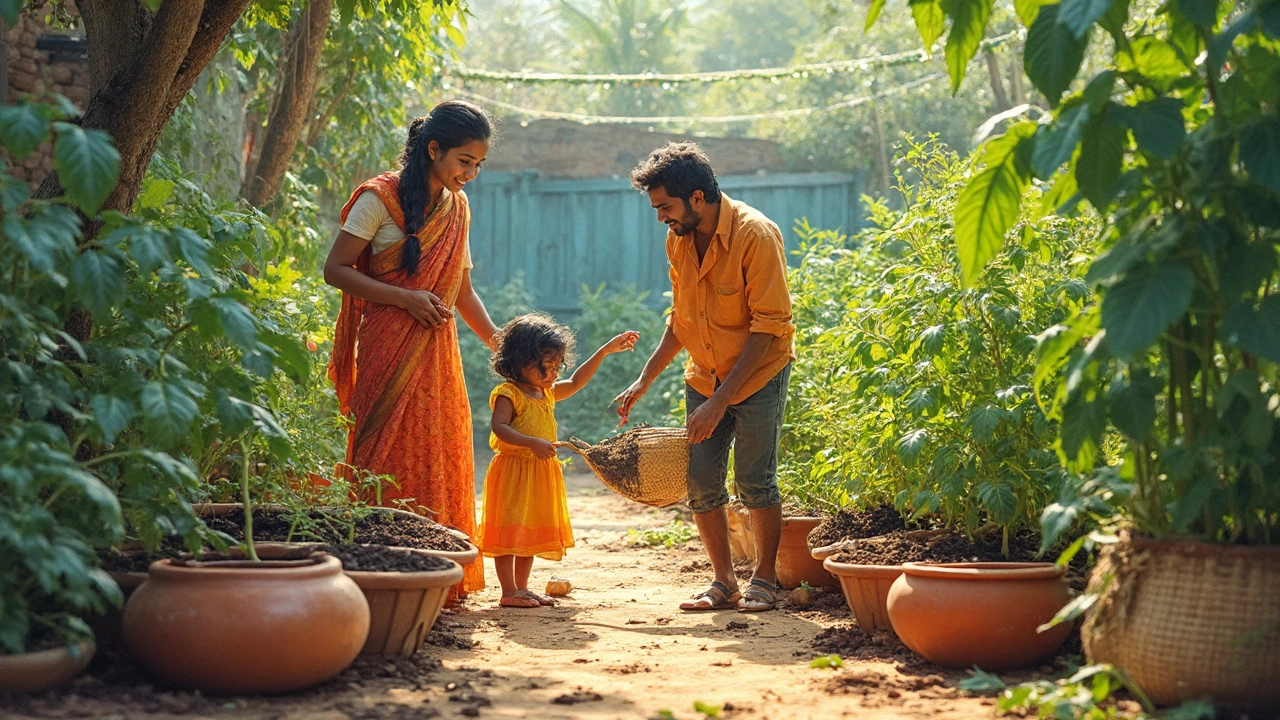Vegetable Garden Essentials for Indian Home Growers
Thinking about growing your own veggies? You don’t need a huge plot or fancy tools. A well‑planned vegetable garden can give you fresh produce, save money, and make your backyard look lively.
Plan the Space Wisely
First, decide how much room you have. Even a balcony can become a mini‑garden with vertical planters or raised beds. Sketch a simple layout: place tall plants like okra or beans on the north side so they don’t shade shorter crops like lettuce or radish. In hot Indian summers, orient beds east‑west to catch morning sun and avoid the harshest afternoon heat.
Choose crops that suit your climate. In North India, try cauliflower, cabbage, and peas in winter; in the South, go for brinjal, chillies, and beans year‑round. If you’re new, start with easy growers such as tomatoes, lady’s finger (okra), and coriander.
Soil and Amendments
Good soil is the foundation of any vegetable garden. Indian soils can be heavy or sandy, so improve texture by mixing compost, well‑rotted manure, and a handful of sand for drainage. For compacted soil, add organic matter like leaf litter or kitchen waste – this loosens the soil and promotes healthy roots.
Check pH if you can; most veggies thrive at 6.0‑6.8. A quick soil test kit from any local agro‑store will tell you if you need lime (to raise pH) or sulfur (to lower it). Adjustments are cheap and make a big difference.Watering is another critical factor. Drip irrigation works wonders in water‑scarce areas. Bury drip lines about 2‑3 inches deep to protect them from sun and weeds, and set the flow to a slow trickle. This saves water, reduces disease, and keeps roots moist without over‑watering.
If you can’t install drip, a simple soaker hose or watering cans works too. Water early in the morning to lower evaporation and keep foliage dry, which helps prevent fungal problems.
Mulching with straw, dried leaves, or coconut coir conserves moisture, suppresses weeds, and adds organic matter as it breaks down. A thin layer (about 2 cm) is enough to see benefits.
Smart Crop Choices and Rotation
Rotate families of vegetables each season. For example, plant legumes one year, then move to leafy greens, followed by root crops. Rotation breaks pest cycles and restores soil nutrients.
Companion planting can boost yields. Pair beans with maize, or grow marigold alongside tomatoes to repel nematodes. Avoid placing cabbage near strawberries, as they attract similar pests.
When you plant, space seedlings according to the tag on the seed packet – overcrowding leads to competition for light, water, and nutrients.
Organic Practices for a Healthier Garden
Skip chemical pesticides. Instead, use neem oil, garlic spray, or setting up insect‑wicking traps. Encourage beneficial insects like ladybugs by planting aromatic herbs such as fennel or dill.
Turn kitchen waste into compost. A three‑part mix of greens (vegetable scraps), browns (dry leaves), and water creates a nutrient‑rich humus in about two months. Use the compost to feed your beds and improve soil structure.
Finally, keep an eye on pests and diseases early. A quick inspection each week lets you catch problems before they spread.
With these simple steps, your vegetable garden can thrive in any Indian climate. Start small, learn as you go, and soon you’ll be harvesting fresh, tasty produce right from your own backyard.
Vegetable Garden Soil: What to Add for Healthy Growth
Starting a vegetable garden? Your soil is the real MVP, and it needs more than just dirt to thrive. This article breaks down exactly what to add to your soil, from compost to smart DIY fixes, so your veggies actually stand a chance. Skip the guesswork—get real tips for better harvests. You'll even learn how to spot if your soil is missing something important.
About
Soil Improvement
Latest Posts


Risks of Rice Business: Common Challenges and How to Avoid Them
By Alden Thorne Aug 3, 2025

Does a Roof Terrace Add Value? Real-Life Perks & Smart Tips
By Alden Thorne May 20, 2025

How to Make Bad Dirt Good: Simple Fixes for Tired Garden Soil
By Alden Thorne May 11, 2025

